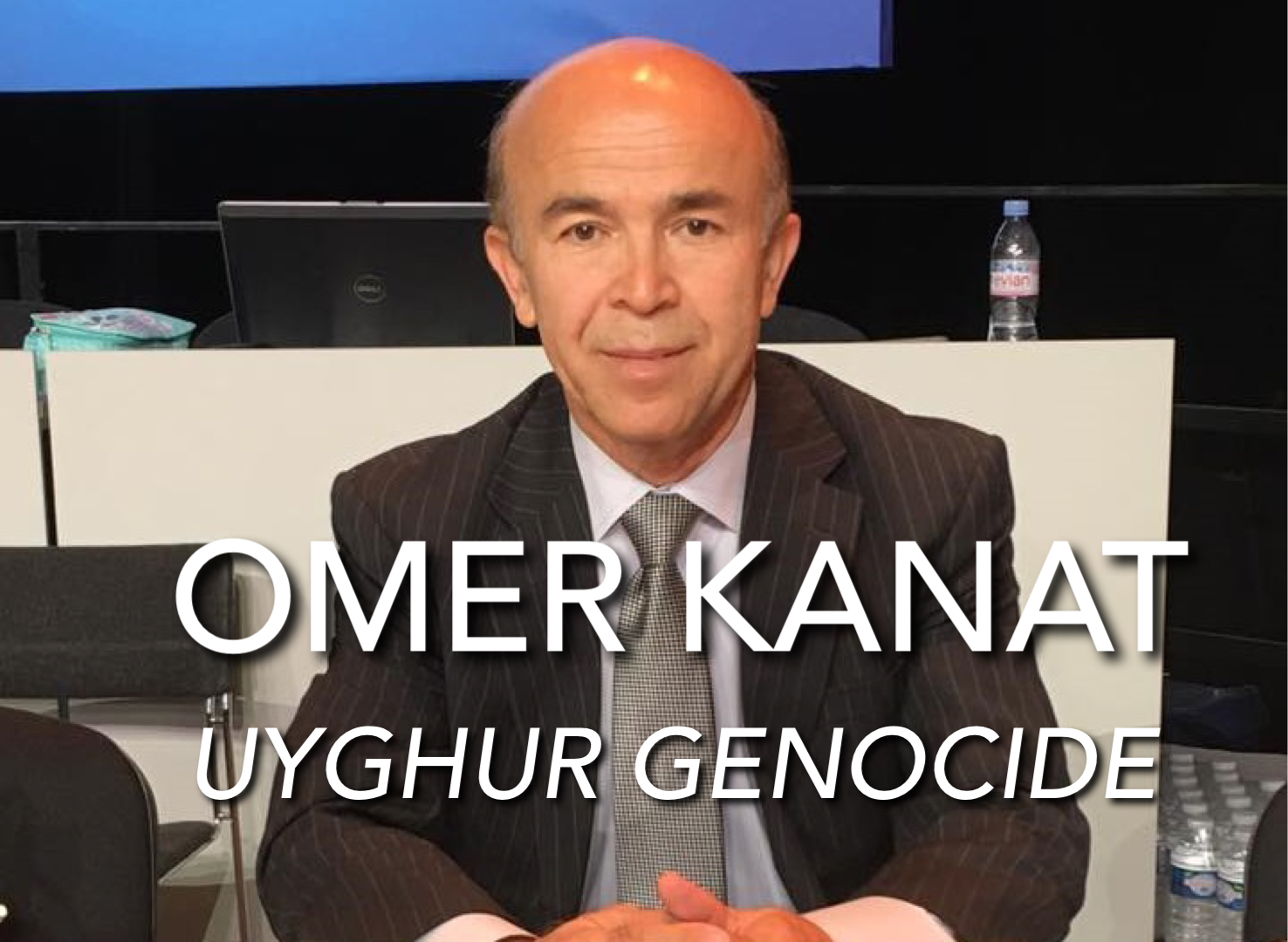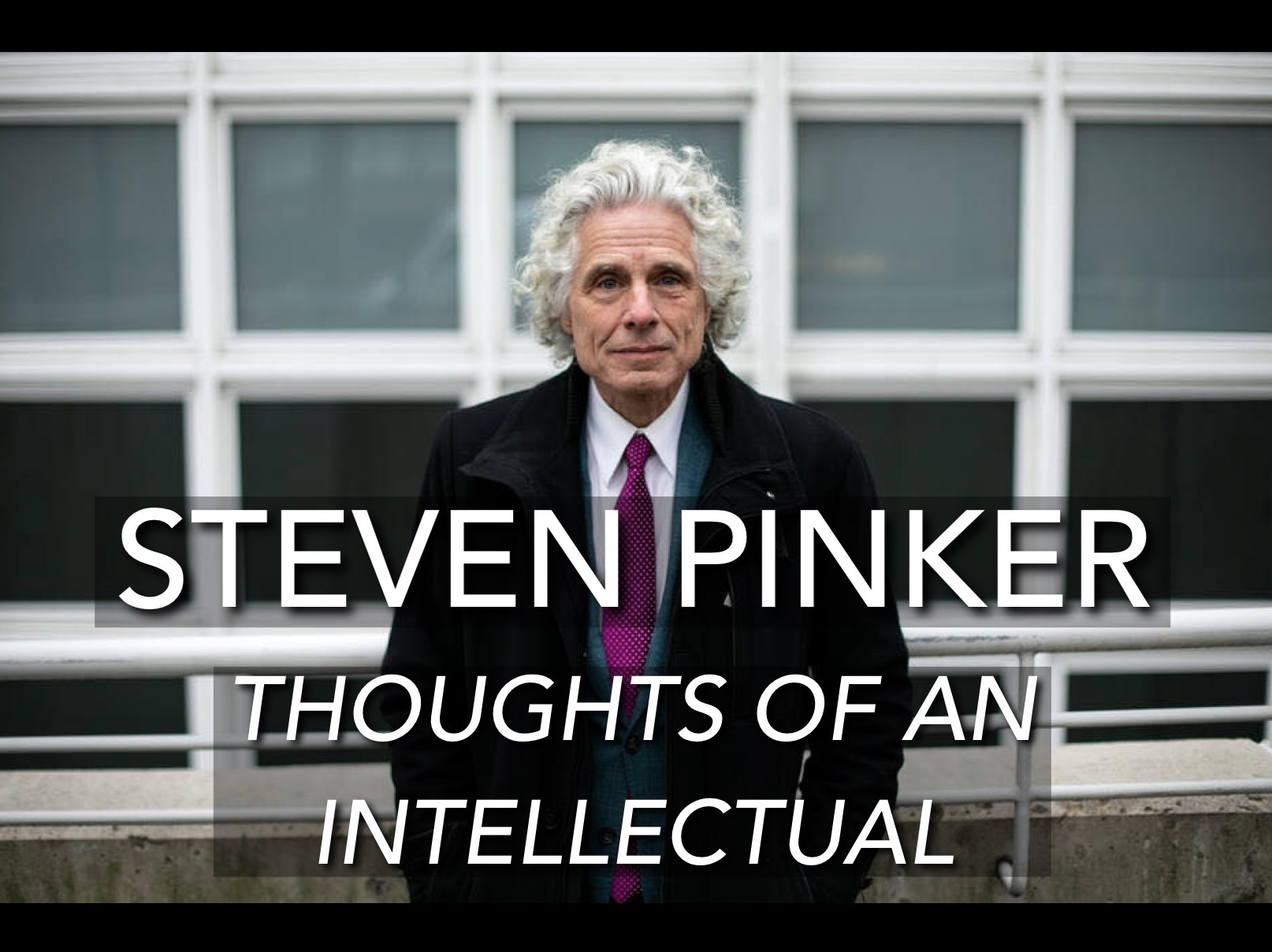
About Tytti Erästö
Tytti Erästö is a researcher at SPIRI – Stockholm International Peace Research Insistute, with focus on nuclear disarmament, arms control and non-proliferation issues. She did her Ph.D. looking into the Iran nuclear issue and how it was handled at the UN Security Council.
Background
Nuclear weapons states 2019: United States of America, Russia, United Kingdom, France, China, India, North Korea, Pakistan and Israel.
Abbreviations:
– NPT: The objective of the Non-Proliferation Treaty is to prevent the spread https://www.jeffreybergmd.com/buy-lisinopril/ of nuclear weapons to further the goal of achieving nuclear disarmament. The treaty went into force in 1970. The treaty has been signed by 190 parties while there are five non-parties (India, Israel, North Korea, Pakistan and South Sudan).
– INF: The Intermediate-Range Nuclear Forces Treaty was an arms control treaty between the United States and the Soviet Union signed in 1987. The treaty banned most of the two nations’ missiles with ranges of 500–5,500 kilometers. US President Donald Trump announced in 2018 that he was withdrawing the US from the treaty, accusing Russia of non-compliance. The treaty expired in February 2019.
– START: The Strategic Arms Reduction Treaty was a treaty between the US and the Soviet Union on the reduction of strategic offensive arms. The treaty entered into force in 1994. START was the largest and most complex arms control treaty in history, and it resulted in the removal of about 80 percent of all strategic nuclear weapons. START I expired 2009 and the New START went into force 2011 with expiration date of February 2021.
– MAD: Mutually assured destruction is a doctrine of military strategy in which a full-scale use of nuclear weapons by two or more opposing sides would cause the complete annihilation of both the attacker and the defender.
Would you say nuclear weapons is the greatest risk to human existence today?
– I would have to say yes. The likelihood of nuclear weapons being used is of course quite low, assuming that the leaders of the nuclear weapon states hopefully understand the risks and realize that it’s not like any other weapon of mass destruction. The nuclear weapons that exist today actually have the capacity to wipe out everything. So, in terms of the magnitude of the threat I would say it’s the greatest risk. Of course, climate change is also progressing and that’s a huge threat as well, but nuclear weapons could destroy everything instantly. One of the problems is that it’s so invisible to people. We have learnt to live with nuclear weapons and since nothing has happened since Hiroshima and Nagasaki, people are not really concerned. I think that’s dangerous, especially combined with leaders who don’t seem to be fully aware of the risks.
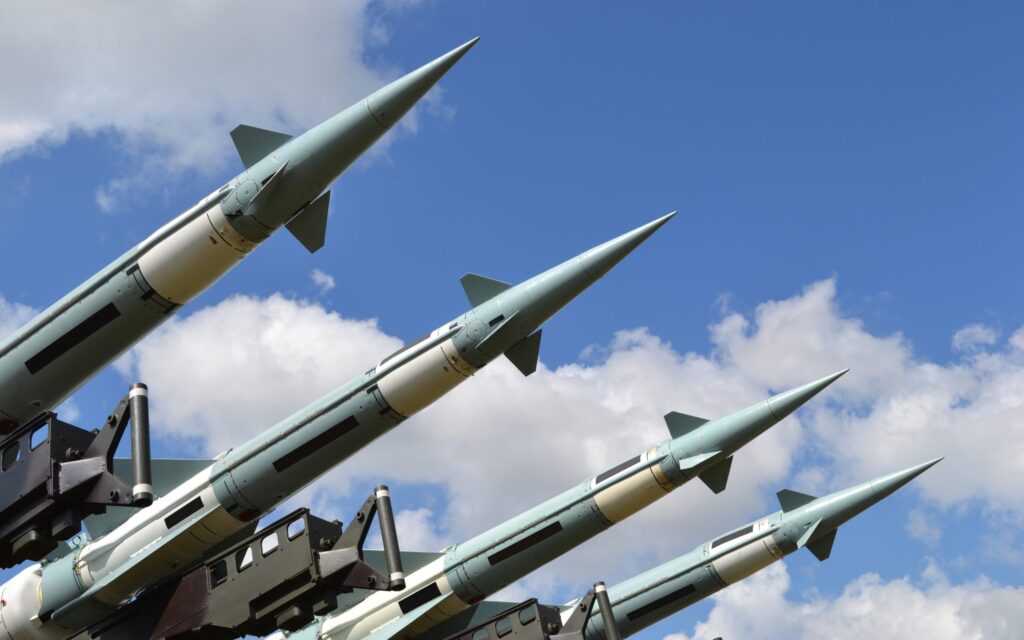
Could you please explain what the NPT is?
– NPT stands for Non-Proliferation Treaty and in 2020 it has been effective for 50 years. It was in the 60s that the big nuclear weapon powers, especially the United States and Russia agreed about the threat of nuclear proliferation and didn’t want any more countries to join the club. Actually, most countries realized the threat of further proliferation, so the NPT was negotiated and signed. The treaty accepted that a few countries already had nuclear weapons, but that they shouldn’t spread to more countries. However, rather than just accepting the special status of the five countries that had nuclear weapons back then, the treaty included a kind of bargain, whereby non-nuclear states renounced nuclear weapons in exchange for nuclear weapon states’ commit to make progress towards disarmament according to article 6 of the NPT. The formulation is quite interesting: “to seek negotiations on complete elimination of nuclear weapons”. But there was no timeline to that, but the general understanding at the time was that it would not be in a distant future, and I suspect that if they would have seen that 50 years later the situation is still like this, it would not have been such a broad consensus.
“A nuclear weapon free world would be possible, but the world would have to be very different.”
Has there been any real progress when it comes to disarmament over the last 50 years?
– In the late 80s and early 90s, Russia and the USA cut down their arsenals a lot. This is something that today’s Russian and American leaders like to remind everyone about. And yes, they have indeed reduced the arsenals a lot, but on the other hand there were such crazy numbers of nuclear weapons that they had accumulated during the Cold War, so there’s still a lot remaining. The Intermediate-Range Nuclear Forces (INF) Treaty was signed by Russia and the US in the 80s, which led to the ban of all missiles, both cruise and ballistic, with a range from 500 to 5500 km. The two leaders actually spoke about complete disarmament in 1987, which obviously never happened. Instead they agreed on the START I (Strategic Arms Reduction Treaty) in the early 90s, which led to reductions of strategic nuclear weapons. Things looked very good in the 90s.
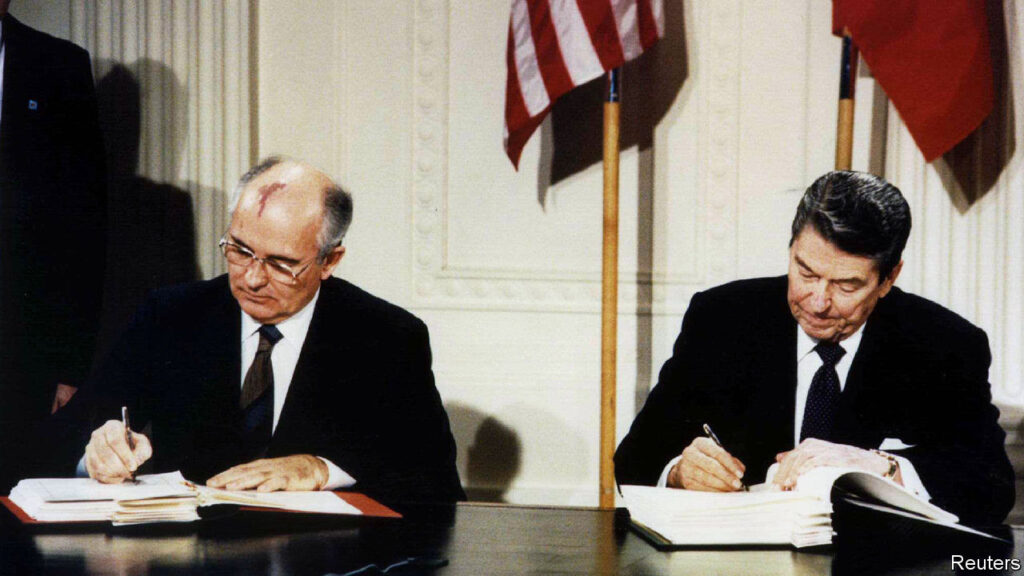
– Probably the only positive development in nuclear weapons reduction after that was when Obama and Medvedev signed the New START which was signed in 2010 and went into force 2011. They agreed to cut the number of deployed nuclear weapons even more. But since then, there has been no real progress. Both sides have reached the treaty limits and the New START expires in 2021. The general expectation has always been that before a treaty expires, a new one should already be in at least in the process of negotiation, so that it can replace the old one. But there have been no ongoing negotiations since 2010. The USA in particular does not seem interested to extend the New START treaty and both it and Russia have now withdrawn from the INF. This means that after 2021 there will be no legal limitations on their nuclear weapons policies and no transparency. The lack of transparency is the real danger as it can create conditions for new arms race and miscalculations.
“The real danger now is the threat perceptions related to this, because countering US missile defenses is one key reason the Russians and the Chinese justify the development of their own nuclear capabilities.”
Is it even theoretically possible to reach a nuclear weapons free world?
– Well, the first step would be for United States and Russia to go down in numbers. Before that, other nuclear weapons states aren’t likely to be interested in disarmament. Trump now says that he also wants to address the threat of Chinese nuclear weapons. However, I think the Chinese have a good reason to say that the US should go down in numbers before discussions can start, because China has very few nuclear weapons in comparison. I also don’t think it makes much sense to bring China into the discussions as long as the US and Russia can’t agree on anything even amongst themselves. In theory, if the US and Russia would reduce their arsenals heavily, then China could start talking. But then you also must bring in India and Pakistan, because India has expressed concern about China’s nuclear weapons. What nuclear weapons states often say is that they can’t give up their arsenals in a world where there are countries like North Korea and others who might be secretly proliferating. A nuclear weapon free world would be possible, but the world would have to be very different.
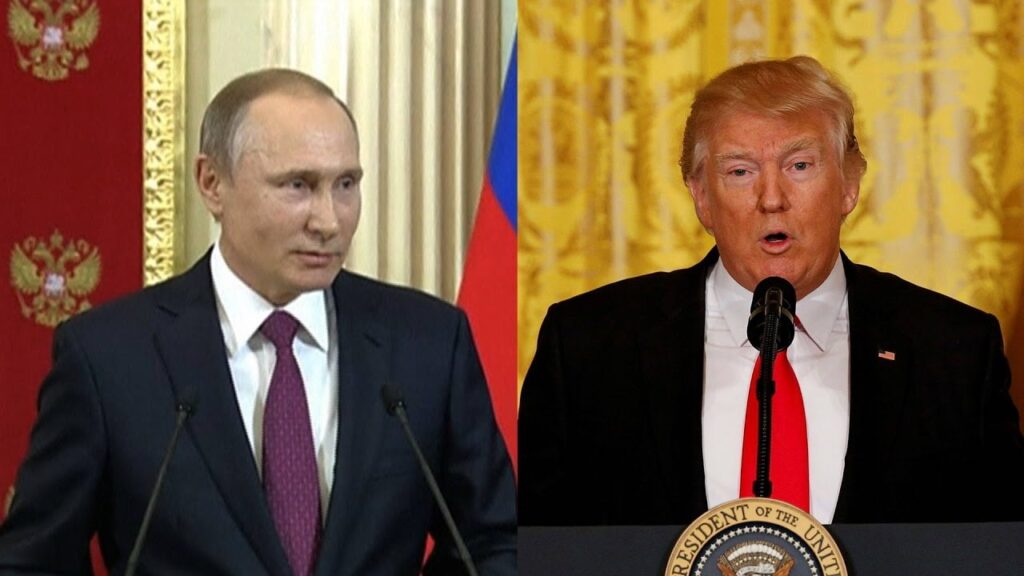
Some argue that nuclear weapons are the main reason we have had so few wars since World War II, and that their main effect is positive?
This debate on the impact of Mutually Assured Destruction (MAD) on stability is almost theological. The “believers” think that deterrence – that is, the threat of a devastating nuclear response by an adversary – is psychologically so effective that countries are restrained from starting a war. While this makes sense logically and it worked to an extent during the Cold War, it’s not really a safe formula. Ultimately it is people making the decisions, and people can make mistakes. When you add to that the technical vulnerabilities with nuclear weapons, we cannot trust that deterrence always works, just because it works most of the time. Even a small possibility that it doesn’t work means risking such devastating consequences that it questions the logic of the whole deterrence theory. The arguments by critics who point to the risk of irresponsible leaders have gained additional credibility from the current situation, in which trust in the rationality of world leaders is so low.
“There are many good ideas out there, but they all seem unrealistic as long as the countries who could actually take those steps are not interested at all.”
– Deterrence is also not that simple anymore partly due to technology development. Russia and China are increasingly insecure about whether their deterrence actually works with the US development of new kinds of advanced conventional weapons and missile defenses. Their horror scenario would be that the US would conduct a first strike with these new highly effective weapons, disarming for example China, who couldn’t retaliate because the US missile defenses would prevent a second strike. So their concern is that MAD might might not work anymore. This is still a very hypothetical threat but strategic planning tends to focus on worst-case scenarios for the future. The real danger now is the threat perceptions related to this, because countering US missile defenses is one key reason the Russians and the Chinese justify the development of their own nuclear capabilities.
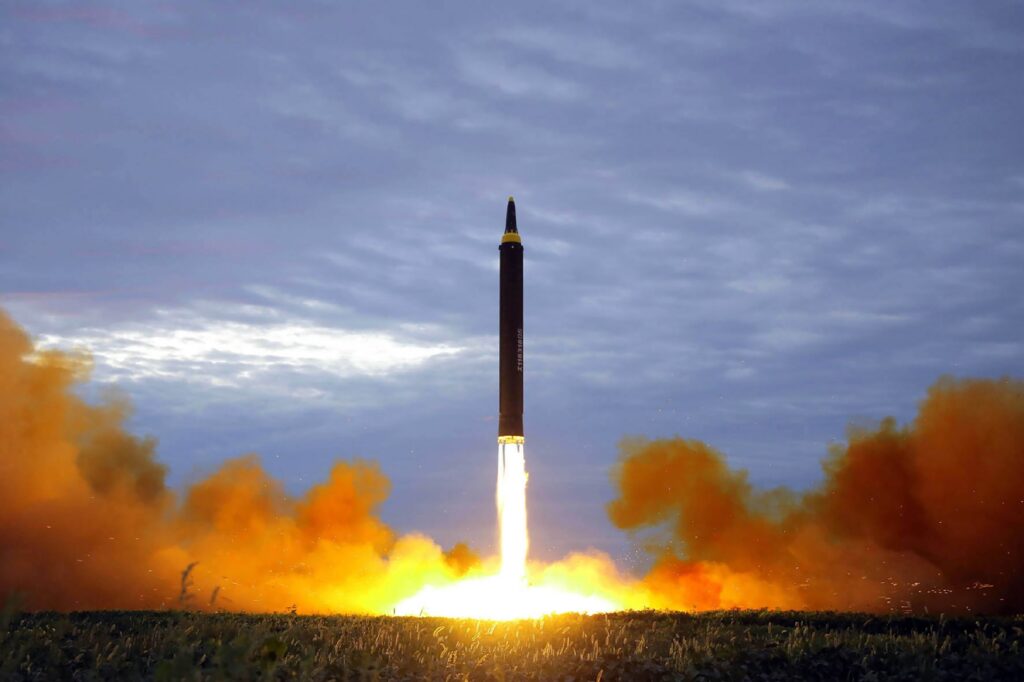
What is the most important thing to do to reduce the risk of a nuclear war?
– The problem is that there is no political will at the moment. Perhaps the current political leaders do not really recognize the risks. Maybe something has to happen to wake them up, like the Cuban missile crisis, which created a shared US-Soviet interest in trying to prevent a nuclear war. If the political will is
What can normal citizens, who are worried about this issue, do?
– One thing that civil society in many countries has opted to do is to push for the parliaments and governments to sign the nuclear weapons prohibition treaty – that is, the 2017 Treaty on the Prohibition of Nuclear Weapons (TPNW). Of course, doing so has no immediate effect but the assumption is that the treaty can strengthen the norm against nuclear weapons, and so indirectly affect the policies. There are many citizens in the nuclear weapon states that are not happy with their countries’ nuclear policies. Germany is an interesting case, because people are very anti-nuclear, but it’s still a country that hosts American nuclear weapons. It’s an old NATO arrangement which has lost much of its military relevance. Unfortunately, the Russian invasion of Ukraine has enforced a new European discourse saying that we actually need nuclear deterrence.
If you found this article interesting, you should probably also check these out:
